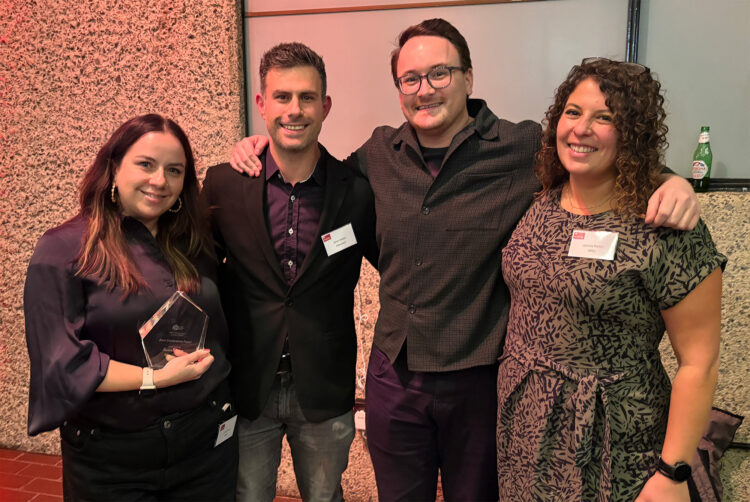OMD's Farce of Class voted best paper at Media Research Group Conference 2024


Audience targeting based on class attitudes relies on outdated assumptions about how people in the UK see themselves, OMD’s thought-provoking research paper has found.
The latest instalment of the “Real Britain Series”, by the Omnicom media agency’s Decisions Science team, was voted best paper of Wednesday’s Media Research Group Conference in London.
The Farce of Class laid bare the biases that go into defining a person’s class in the UK. When applying objective measures to traditional Office for National Statistics social grades (A, B, C1, C2, D and E), many people surveyed by OMD gave complex answers to which category they felt suited them.
For example, a junior doctor is typically thought of as being in an ABC1 group, while a tradesperson might be classed as C2DE, even though it is now common for plumbers and builders to earn more than a doctor at the start of their career.
OMD research leads Laura Rowe and Tim Brandon urged the media industry to “evolve” assumptions about how UK social and economic groups are defined — something that stem from decades-old methods that are no longer relevant.
Social economic grades were introduced in the mid-1950s and based on the occupation of a household’s chief earner.
Brandon explained how OMD’s research shows this is less relevant in the UK today, particularly for media owners and advertisers, because it does not recognise people’s buying power.
“There is bias baked into that classification,” Brandon said. “[It] essentially splits people into manual workers versus the type of people that come to MRG conferences: professionals.”
OMD surveyed 7,500 respondents and divided them into four groups based on how they classified their social class, with quotas against disabled, LGBTQ+, non-white and people aged above 45 to ensure the survey focused on how intersectionality can influence class perceptions and experience in the UK.
Manchester United and England footballer Marcus Rashford was presented by the researchers as an exemplar of how class attitudes are subjective. When people surveyed were asked to define which class Rashford belonged to, their answers were almost split equally between those who thought he was working-class, middle-class and upper-class.
“He is from a traditional working-class background. He is now a multimillionaire football player,” Brandon explained. “There’s a big difference between how he grew up and how he’s living his life now. And he has dedicated a lot of time and energy to campaigning to people from a similar background.”
OMD’s research, supported by Mail Metro Media, has three goals: improve understanding of the lived reality of marginalised and under-represented audiences; create actionable insights; and become better allies and employers.
The Farce of Class has also spawned a project called reCLASSified, in which OMD is collaborating with independent media agency the7stars, the IPA and Kantar to consider how the industry better recognises class nuance and works on evolving social economic grades as a cross-industry group.
“We need a cross-industry collaboration to try and make changes,” Rowe said.
“There’s no point in us trying to sit in our little agency silos and do it all on our own and hold the IP — we need to work together to come up with a solution.”
The inaugural award, sponsored by The Media Leader, is recognised by attendees at the annual event of the 60-year-old MRG, a voluntary body that promotes and furthers best-in-class media research.
